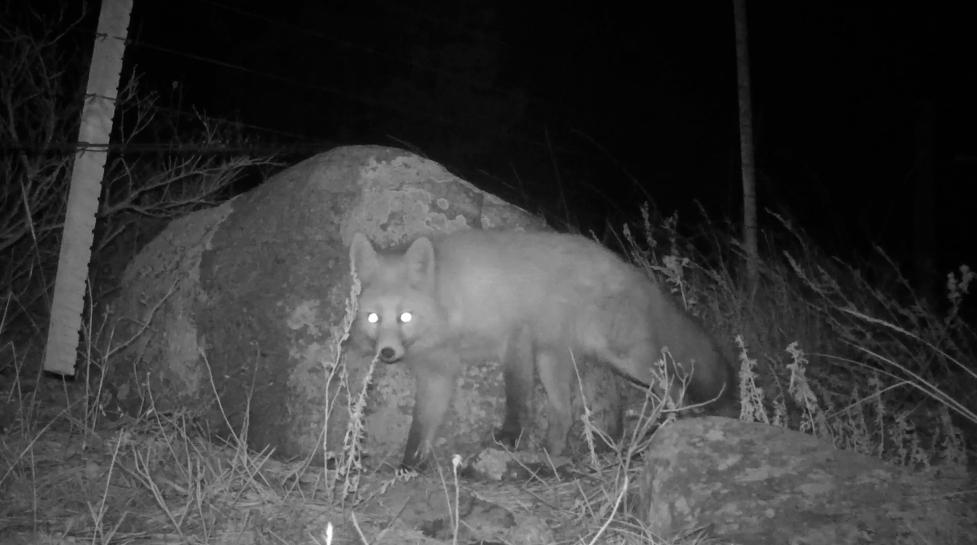The City of Boulder Open Space and Mountain Parks (OSMP) Department has many wildlife cameras across its 46,000-acre land system to help us learn more about how local wildlife species use the open space we manage for the community, while minimizing staff presence in sensitive habitats.
Every day, scores of animal species furtively scurry across Boulder’s landscapes in search of food and resting places. Most often, no one — not even City of Boulder Open Space and Mountain Parks (OSMP) staff — sees them.
But sometimes, OSMP staff are fortunate enough to get an up-close look at local wildlife thanks to a system of motion-detecting cameras that passively capture snapshots and videos of animals in their natural state on city-managed open space. Watch a short video compiled from video these cameras have captured!
Wildlife cameras activate when an animal steps in front of them. When that happens, the cameras snap a still photograph and can also capture video for 10 to 30 seconds. At night, the cameras use infrared light to create photographs that minimize disturbances to nocturnal wildlife. OSMP staff strategically place cameras in corridors where animals are likely to travel, such as road underpasses.
We also place cameras in areas with signs of wildlife activity, such as footprints in the snow or game trails crossing fence lines. Additionally, we set up cameras in locations where we hope to encounter enigmatic fauna like American beavers or black bears.
The motion-detecting cameras provide a unique opportunity to learn more about how local species use the landscape while minimizing human presence in sensitive habitats. Critically, they help us identify important wildlife areas — valuable information we use to recommend habitat-protective measures that safeguard sensitive natural areas.
While the cameras are crucial in helping us manage sensitive wildlife habitats, they also benefit the community, open space visitors, and people worldwide by allowing them to enjoy wildlife and better understand the city’s efforts to preserve natural lands. In 2022, a bear took a special interest in a wildlife camera, resulting in hundreds of humorous bear "selfies."
Those photos made us laugh, and we thought others would enjoy them, too, so we shared them on X and Instagram. The pictures quickly went viral on social media, generating hundreds of media stories worldwide!
We are fortunate to live in an area with a rich diversity of wildlife species, and these cameras help us to learn what animals are really out there, and what they are up to over the course of a day, a week, or even year!
